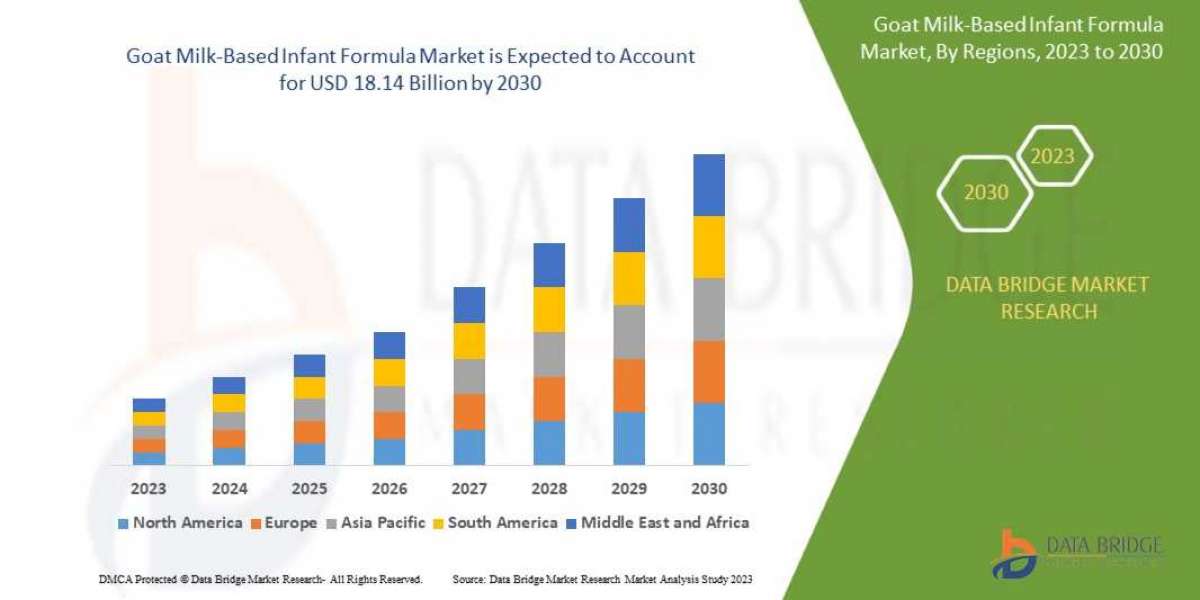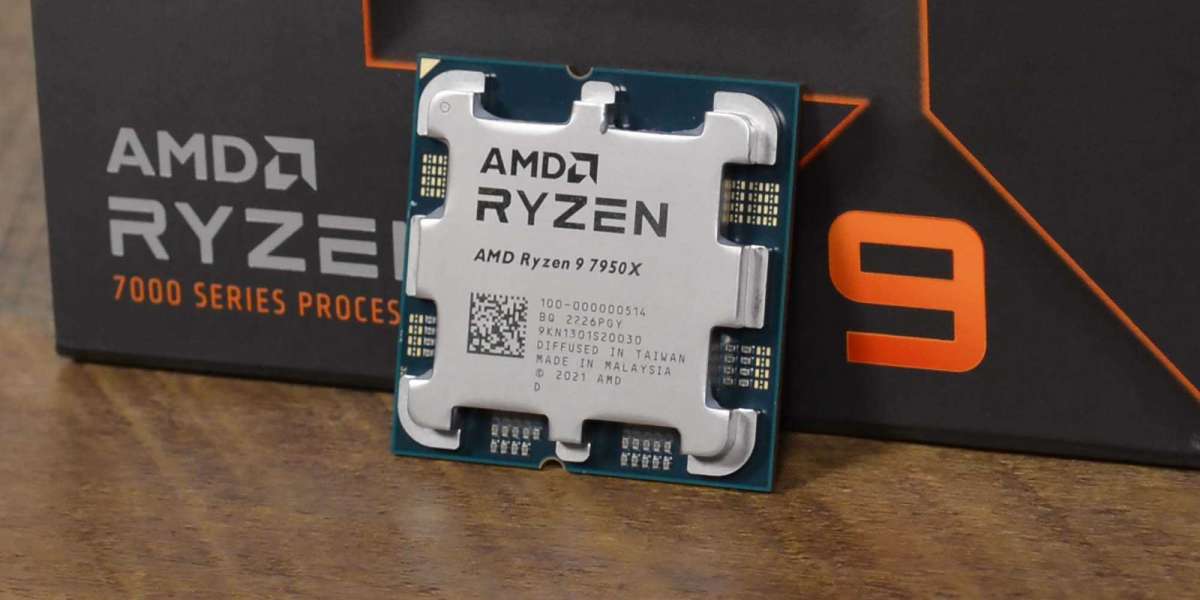Depression Screening: India's Growing Push for Early Detection and Broader Access
Depression, a pervasive and debilitating mental health condition, is increasingly a focus of public health initiatives and technological innovation in India. With a significant portion of the population affected and a historical treatment gap, the emphasis on effective depression screening is making headlines, driven by government programs, digital advancements, and community-led efforts.
Recent data underscores the urgency of the situation. While the National Mental Health Survey (NMHS) of 2015-2016 estimated the prevalence of mental disorders in adults over 18 at about 10.6%, newer studies suggest higher rates, particularly among adolescents and women. A recent survey in South Delhi found the prevalence of depression among school-going adolescents to be as high as 25.92%. Another report highlighted that one in two Indian women experiences chronic stress, leading to a surge in anxiety and depression. This alarming data reinforces the critical need for widespread and accessible screening.
Government Initiatives and Tele-Mental Health:
A major stride in expanding mental healthcare access, including screening, is the Indian government's National Tele Mental Health Programme (Tele MANAS), launched in October 2022. This 24/7 national toll-free helpline (14416 / 1800-89-14416), available in 20 Indian languages, has handled over 1.81 million calls since its inception. Tele MANAS provides immediate tele-counselling, referral support, and mental health awareness campaigns, making preliminary screening and support widely accessible, especially in rural and remote areas where mental health professionals are scarce. The recent launch of the Tele MANAS Mobile App (October 2024) further enhances accessibility, offering self-care strategies and direct access to professionals.
The District Mental Health Programme (DMHP), sanctioned for 767 districts under the National Mental Health Programme (NMHP), also includes provisions for assessment, counselling, and outreach services at district, community, and primary health center levels, ensuring basic screening services are available at the grassroots.
Beyond Traditional Screening: Innovation and AI:
The push for early detection is also being bolstered by technological innovation:
- Digital Platforms and Community Engagement: A groundbreaking study by The George Institute for Global Health demonstrated the success of the Systematic Medical Appraisal Referral and Treatment (SMART) Mental Health Programme in rural Andhra Pradesh and Haryana. This program, which screened nearly 1.7 lakh adults for depression, combined digital healthcare initiatives (tablets with mental health assessment software for ASHAs and primary healthcare doctors) with community-driven campaigns to reduce stigma and improve awareness. This dual approach led to a significant reduction in depression and a 70% improvement in mental health knowledge.
- AI and Voice Biomarkers: News from the research front indicates promising developments in AI-powered depression screening. Machine learning tools are being developed to identify vocal markers of depression within seconds, offering a non-invasive, objective, and automated way to screen individuals, particularly in primary care and virtual settings. While not a diagnostic tool, this technology could significantly improve screening rates and help clinicians identify at-risk individuals earlier.
- Natural Language Processing (NLP): Researchers are also exploring NLP, a branch of AI, to analyze textual data from various sources (e.g., social media posts, clinical notes) for early detection of depression. This scalable approach could offer population-level insights into mental health trends.
Challenges and the Path Forward:
Despite these advancements, significant challenges persist. Stigma surrounding mental illness remains a major barrier to seeking help and participating in screening. India also faces a severe shortage of mental health professionals (only 0.75 psychiatrists per 100,000 people compared to WHO's recommendation of 3). Furthermore, while government schemes like Ayushman Bharat now cover mental illness, out-of-pocket expenditure for mental healthcare remains a burden for many.
However, the sustained focus on policy reforms, digital initiatives, and community-based programs signifies a critical turning point. The integration of technology in screening, coupled with ongoing efforts to reduce stigma and expand infrastructure, paints a hopeful picture for improving mental health outcomes and fostering a more supportive environment for those struggling with depression in India.








